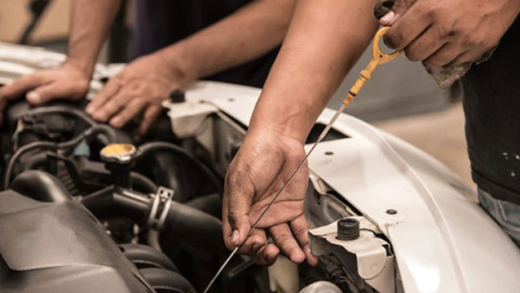Education is a fundamental aspect of human development, and it plays a crucial role in shaping the future of individuals and nations. In today’s globalized world, education has become a key determinant of a country’s economic growth, social progress, and international competitiveness. Therefore, the question of which country has the best education is of great significance, and it requires a comprehensive analysis of various factors.
In this article, we will compare the education systems of several countries and evaluate their strengths and weaknesses. We will consider factors such as the quality of teachers, the curriculum, the infrastructure, the funding, and the outcomes. Our analysis will be based on the latest data and research findings, and we will strive to provide an objective and balanced perspective.
Firstly, let’s consider Finland, which is often regarded as a model of excellence in education. Finland has a highly decentralized education system, which gives a lot of autonomy to schools and teachers. The curriculum is focused on creativity, critical thinking, and problem-solving, rather than rote learning. The teachers are highly qualified and well-trained, and they enjoy a high degree of respect and trust from the society. The outcomes of the Finnish education system are impressive, with high levels of literacy, numeracy, and scientific knowledge among students.
Secondly, let’s look at Singapore, which is known for its rigorous and competitive education system. Singapore has a centralized education system, which is tightly controlled by the government. The curriculum is standardized and emphasizes academic excellence, with a strong focus on math, science, and technology. The teachers are highly trained and well-paid, and they are expected to maintain high standards of performance. The outcomes of the Singaporean education system are also impressive, with high levels of achievement in international assessments such as PISA and TIMSS.
Thirdly, let’s examine the United States, which has a diverse and complex education system. The US education system is decentralized, with a mix of public and private schools, and a wide variation in quality and funding. The curriculum is also diverse, with different states and districts having different standards and priorities. The teachers are often underpaid and overworked, and they face many challenges in terms of student diversity, discipline, and motivation. The outcomes of the US education system are mixed, with some students achieving high levels of success, while others struggling with basic skills.
Finally, let’s consider China, which has a large and rapidly evolving education system. China has a centralized education system, which is heavily influenced by the government’s policies and priorities. The curriculum is focused on academic excellence, with a strong emphasis on math, science, and language skills. The teachers are often highly qualified and well-trained, but they face many challenges in terms of workload, discipline, and creativity. The outcomes of the Chinese education system are impressive in terms of quantity, with a large number of students achieving high levels of academic success, but there are concerns about the quality and relevance of the education.
In conclusion, the question of which country has the best education is not a simple one, and it depends on various factors. Each country has its own strengths and weaknesses, and there is no one-size-fits-all solution. However, we can learn from the best practices of different countries and strive to improve our own education systems. Ultimately, the goal of education should be to empower individuals to reach their full potential and contribute to the betterment of society.




